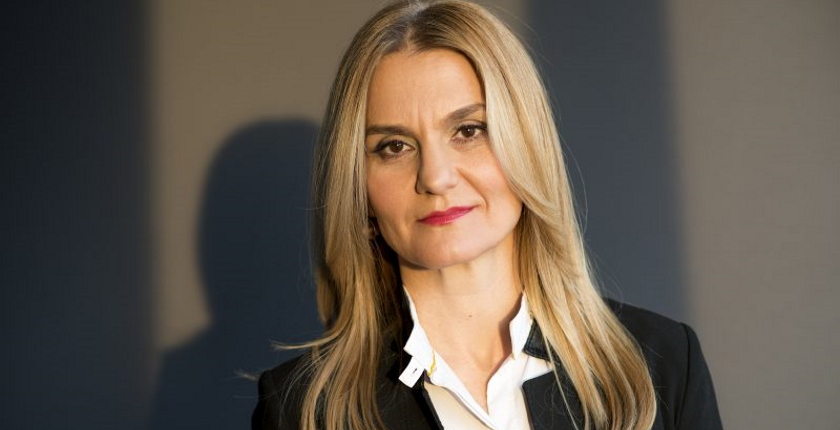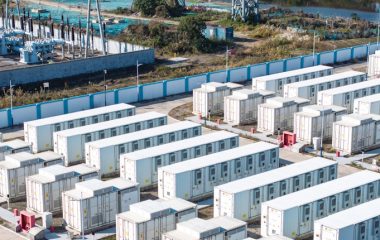
RES Croatia
Agriculture and the renewables industry need to join forces instead of competing for resources, Managing Director of RES Croatia Maja Pokrovac said. The association calculated that at least 800 MW in solar power plants could be installed at farms while that it would imply another 100 MW in biogas power plants for balancing.
The Government of Croatia developed the National Recovery and Resilience Plan without consulting the scientific community, private sector, financial institutions and nongovernmental organizations, said Managing Director of economic and interest association Renewable Energy Sources of Croatia (RES Croatia) Maja Pokrovac. She called on the authorities to offer grants through public calls to farms for the installation of solar and biogas power plants.
Speaking at Lider’s conference on the country’s energy future, Pokrovac said it is crucial to develop synergies between agriculture and renewables but that so far the two sectors have been competing for incentives and available land.
RES Croatia believes solar power plants of 800 MW in total peak capacity can be installed at farms and, in that case, another 100 MW in flexible biogas-fueled plants would be necessary for balancing, she said.
Energy consumed where it is produced
The calculation was made with “a minimalist assumption” of 5 kW of photovoltaics per farm, translating to investment potential of EUR 600 million. Solar capacity of such size could be covered with just 200 biogas plants of 500 kW on average, and there are 3,000 eligible farms in Croatia, Pokrovac underscored.
She added 45 MW in biogas plants has been built so far in the country. The advantage of introducing renewables in agriculture is that the energy is consumed where it is generated, the head of RES Croatia noted.
Grid investments are insufficient
According to current renewable energy projects in the country, the grid will need to take up 7 GW by 2030 but the planned investments aren’t adequate for that, she warned. Pokrovac urged the government to make the administrative system faster in the renewables segment.
She criticized the National Recovery and Resilience Plan for not including an assessment of the funds that can be mobilized from the private sector, like Greece did.
Croatia has the EU’s highest ratio of grants from the Recovery and Resilience Facility and the GDP for the first two years
The grants section for the first two years equals 8% of Croatia’s gross domestic product for 2019, which places it at the top of the list of European Union member states, Pokrovac pointed out. The mechanism will provide EUR 6.3 billion in total grants and another EUR 3.6 billion in loans.
There is EUR 660 million in the plan for energy investment out of EUR 1.1 billion in expected expenditure through the end of the decade, Pokrovac stressed.


















Be the first one to comment on this article.